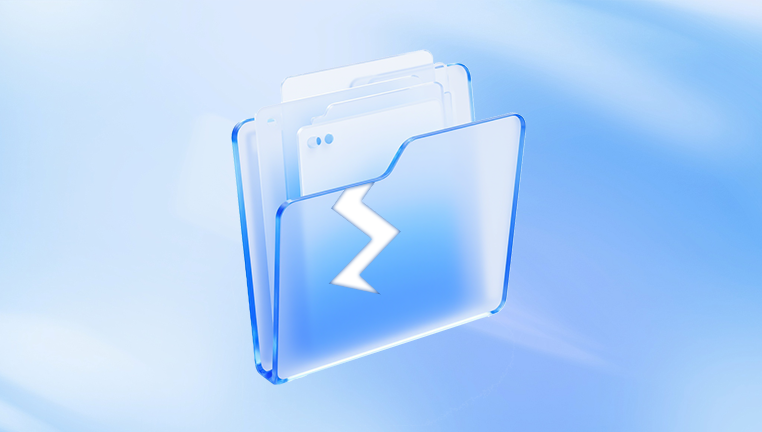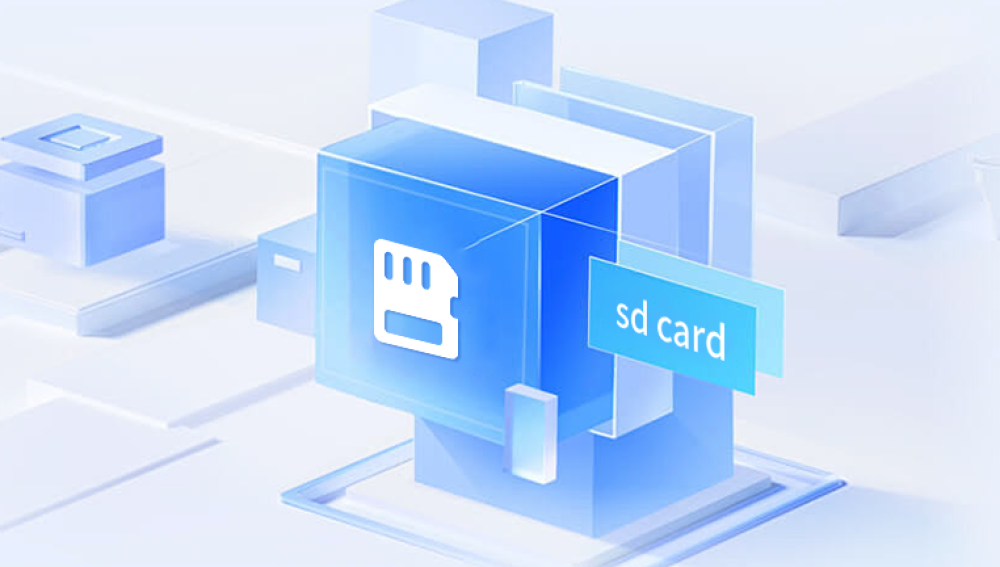File corruption is one of the most frustrating digital issues faced by both everyday users and IT professionals. A corrupted file may refuse to open, display error messages, show missing content, or appear completely unusable. This issue can affect any file type: Word documents, Excel spreadsheets, photos, videos, archives like ZIP or RAR files, and even system files.
Common signs that a file is corrupted include:
Error messages such as “The file is corrupted and cannot be opened.”
The file size appears unusually small or large.
Files open but show garbled, incomplete, or unreadable content.
The application crashes or freezes when attempting to open the file.
Corrupted files can result from many causes, including system crashes, power outages, malware attacks, software bugs, or even hardware failures. Fortunately, various methods and tools—both built into your operating system and available online—can help fix corrupted files.

Common Causes of File Corruption
Understanding why files become corrupted can help both with fixing them and preventing future occurrences. Some of the most common causes include:
Sudden power failure while saving a file.
System crashes or forced shutdowns.
Malware or virus infections that damage files.
Defective storage devices like failing hard drives or USB flash drives.
Improper ejection of external drives.
Network interruptions during file transfer.
Software errors or incompatibilities.
Knowing these causes can guide your repair strategy and help you avoid repeated incidents.
General Steps Before Attempting Repairs
Before diving into specific repair tools or techniques, follow these general preparatory steps:
Make a copy of the corrupted file to avoid further damage.
Scan your system for viruses or malware.
Try opening the file on another device or application.
Ensure that you have the latest software updates installed.
How to Fix Corrupted Files Using Built-in System Tools
Most operating systems offer native utilities that can help with basic file repair. Below are methods for both Windows and macOS.
On Windows
Check Disk Utility (chkdsk)
Open Command Prompt as Administrator.
Type: chkdsk X: /f (replace X with your drive letter).
Press Enter.
The system will scan and attempt to fix file system errors.
System File Checker (sfc)
Open Command Prompt as Administrator.
Type: sfc /scannow
Press Enter.
Wait as Windows checks for and repairs corrupted system files.
File History or Restore Previous Versions
Right-click the corrupted file.
Select “Restore previous versions.”
Choose a version and restore it.
On macOS
Disk Utility First Aid
Open Disk Utility.
Select the drive containing the corrupted file.
Click “First Aid” and follow the prompts.
Time Machine Restore
Use Time Machine if backups exist.
Navigate to the folder containing the corrupted file.
Restore the desired version.
Repairing Specific File Types
Different file formats require different repair techniques. Below is a breakdown by file type:
Word Documents
Open Word.
Click “File” > “Open.”
Select the corrupted document.
Use the drop-down arrow next to “Open” and select “Open and Repair.”
Using Third-Party Software for File Repair
Sometimes built-in tools are not enough. In such cases, third-party applications may offer a more thorough recovery process.
Panda Fix
Panda Fix is an online tool designed to help users repair corrupted files quickly and easily without installing additional software. It offers a free, browser-based service that can handle various file types, including Word documents, Excel spreadsheets, PDFs, images, and archives such as ZIP and RAR files.
When a file becomes corrupted, it may refuse to open or display errors like “File format not recognized” or “File is corrupted.” Panda Fix provides a simple solution for these situations by allowing users to upload the damaged file and attempt automated repair.
To use Panda Fix, visit the Panda Fix website. Upload your corrupted file using the upload button provided. The system will process the file and attempt to recover readable data or restore its original structure. Once complete, the repaired file becomes available for download.
Some benefits of using Panda Fix include its clean interface, support for multiple file formats, and no need to download software. It is particularly useful for users who need a quick solution without advanced technical skills.
These programs usually support a wide range of file formats and come with user-friendly interfaces. Most offer trial versions that allow you to preview recoverable files before purchase.
Repairing Files Online — General Process
If downloading software isn’t convenient, many websites provide free or freemium repair services. Here’s how most online tools work:
Visit the service’s website.
Upload your corrupted file.
Click “Repair” or “Recover.”
Wait for the process to complete.
Download the repaired file.
Be aware of privacy considerations before uploading sensitive documents. Check the site’s privacy policy and terms of service.
Data Backup as a Long-Term Solution
While repairing files is often possible, prevention is the best strategy. Follow these best practices:
Back up important files using cloud services like Google Drive, OneDrive, or Dropbox.
Keep multiple local backups on external hard drives.
Enable automatic backups where possible.
Regularly update your operating system and software.
Use reliable antivirus software to prevent malware-related corruption.
Advanced Troubleshooting
For persistent corruption issues affecting many files:
Check your hard drive’s health using tools like CrystalDiskInfo.
Replace aging or faulty storage devices.
Reinstall the affected software applications.
Consult IT professionals for data recovery services if the files are highly valuable.
Fixing corrupted files is possible using a variety of methods, ranging from built-in system utilities and third-party software to online services. While no method guarantees 100% success, following the steps outlined in this guide maximizes your chances of recovering valuable data.
Prioritize prevention through regular backups, cautious file handling, and maintaining system health. If you need help writing specific recovery instructions for your organization or want a more tailored guide for a particular file type, feel free to ask!




